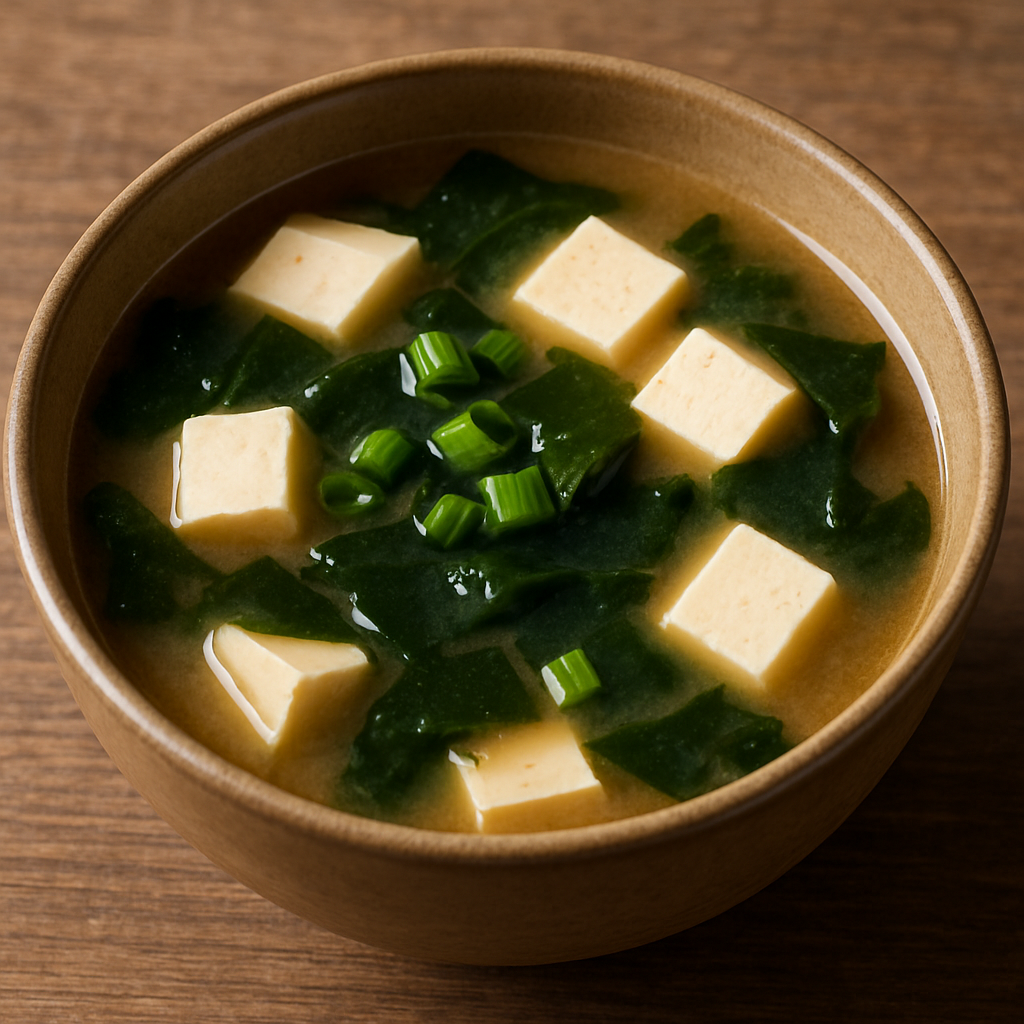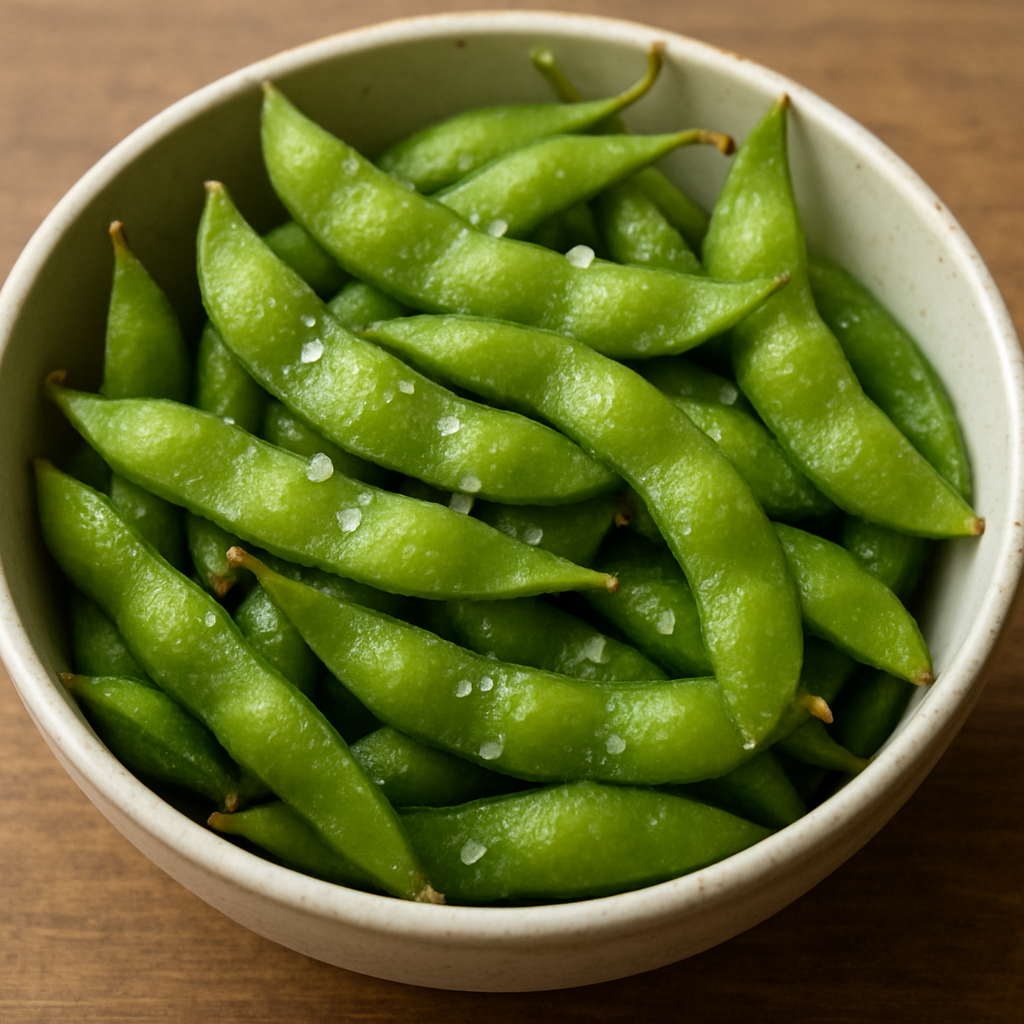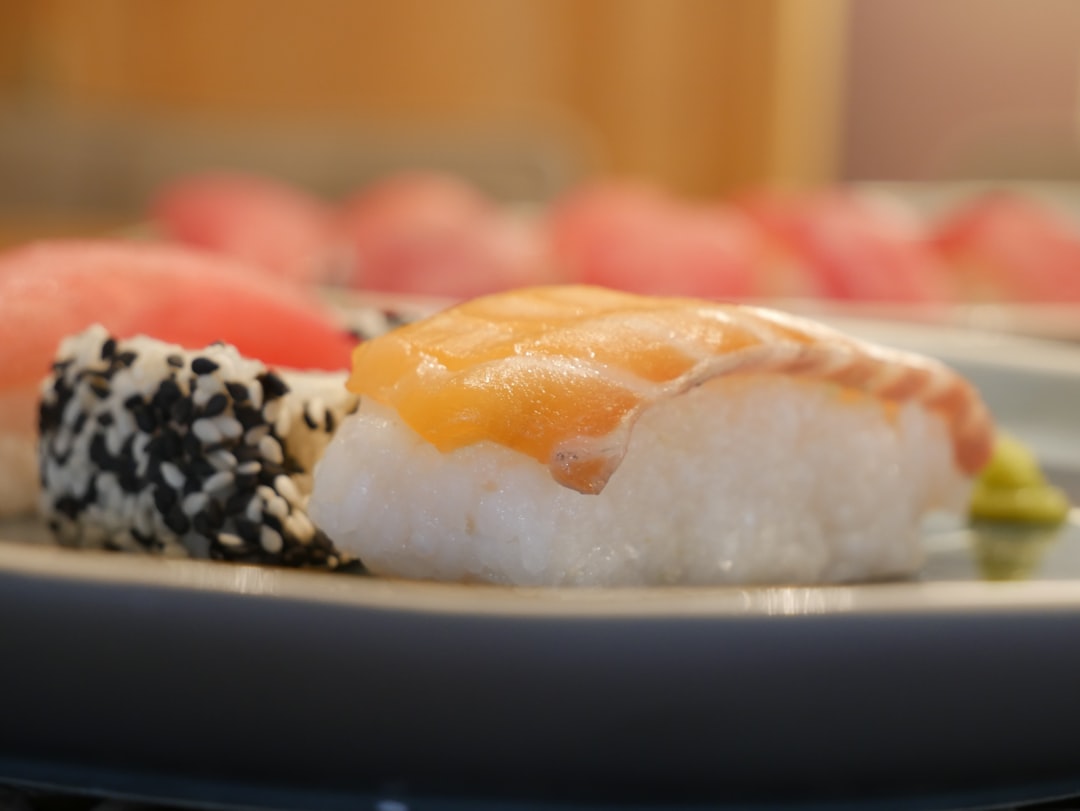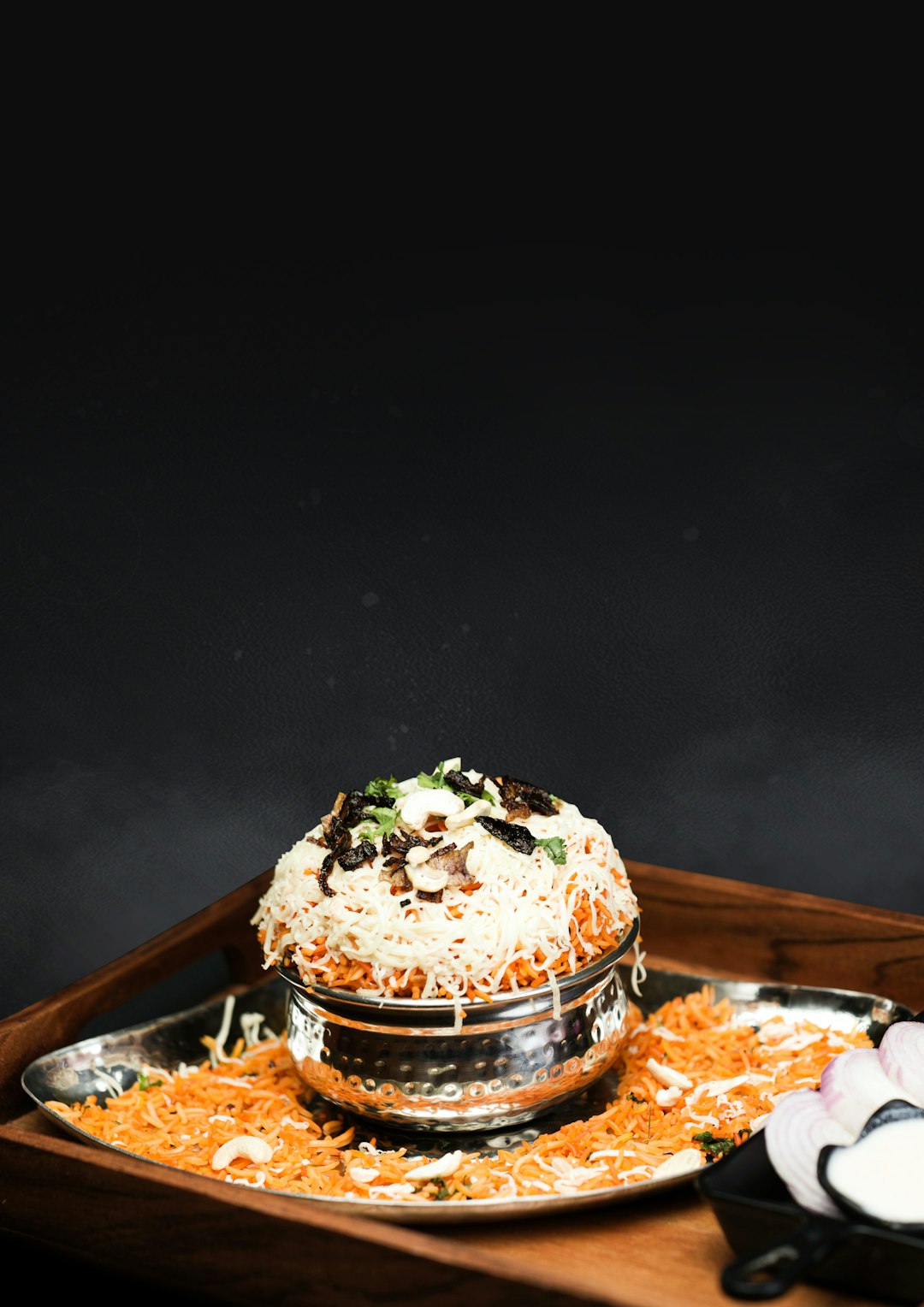Japanese cuisine is renowned for its exquisite flavors and artistic presentation, often conjuring images of sushi and sashimi. However, Japan offers an impressive array of vegetarian dishes that are equally tantalizing, showcasing the country’s culinary creativity and respect for natural ingredients. Whether you’re a vegetarian or simply exploring plant-based options, Japanese vegetarian cuisine promises a delightful adventure for your taste buds. Let’s dive into the top 10 must-try Japanese vegetarian dishes that you simply can’t miss!

The Essence of Miso Soup
Miso soup is a cornerstone of Japanese dining, providing a comforting, nourishing start to any meal. Made from fermented soybean paste known as miso, this soup is rich in umami, delivering a depth of flavor that is both complex and satisfying. The miso paste is combined with dashi, a traditional Japanese stock, to create a harmonious balance of flavors.
Ingredients that Make Miso Soup Special
The versatility of miso soup lies in its ingredients, which can vary based on regional preferences and personal taste. Common additions include tofu, which adds a soft texture, and seaweed, which infuses the soup with additional umami and nutrients. Green onions are often used for a fresh, aromatic finish, making each spoonful a delightful experience.
Miso Soup Variations
While the classic version is beloved, there are numerous variations of miso soup that incorporate seasonal and local ingredients. In the colder months, root vegetables like daikon radish may be added for heartiness, while in summer, lighter ingredients like spinach are preferred. The adaptability of miso soup makes it a versatile dish that can be enjoyed year-round.
2. Vegetable Tempura
The Art of Tempura
Tempura is a celebrated Japanese dish known for its light, crispy texture. The technique of deep-frying vegetables in a delicate batter ensures a satisfying crunch, with the natural flavors of the vegetables being the star of the show. It’s a dish that requires skill and precision, often admired for its simplicity and elegance.
Popular Vegetables for Tempura
A variety of vegetables can be used for tempura, each offering its unique flavor and texture. Sweet potatoes provide a sweet, creamy interior, while bell peppers add a hint of sweetness and vibrant color. Mushrooms, on the other hand, bring an earthy richness that pairs beautifully with the crisp batter.
Tempura Dipping Sauces
To enhance the flavor of vegetable tempura, a variety of dipping sauces are served alongside. A traditional choice is tentsuyu, a sauce made from dashi, soy sauce, and mirin, offering a savory complement to the fried vegetables. For those who prefer a bit of heat, a dash of grated ginger or daikon radish can be added to the sauce.
3. Edamame

The Simplicity of Edamame
Edamame, or young soybeans, are a staple in Japanese snacking culture. Steamed to perfection and lightly salted, they offer a simple yet satisfying experience. The ease of preparation and their delicious taste make edamame a popular choice for both casual and formal dining settings.
Nutritional Benefits of Edamame
Beyond their delicious taste, edamame are packed with nutritional benefits. They are a rich source of plant-based protein, making them an excellent option for vegetarians and vegans. Additionally, edamame are high in essential vitamins and minerals, contributing to overall health and wellbeing.
Creative Ways to Enjoy Edamame
While traditionally served plain, edamame can also be enjoyed in a variety of creative ways. They can be tossed with spices like chili powder or garlic for added flavor, or incorporated into salads and stir-fries for a protein boost. The versatility of edamame makes them a delightful addition to any meal.
4. Nasu Dengaku
The Delicacy of Nasu Dengaku
Nasu Dengaku is a dish that elevates the humble eggplant to new culinary heights. Grilled until tender, the eggplant is then glazed with a sweet and savory miso sauce, creating a perfect balance of flavors. The dish is often garnished with sesame seeds, adding a nutty crunch that complements the soft texture of the eggplant.
The Magic of Miso Glaze
The miso glaze is what sets Nasu Dengaku apart, offering a depth of flavor that is both rich and complex. Made from a combination of miso, sugar, and mirin, the glaze caramelizes beautifully on the eggplant, creating an irresistible umami experience. Each bite is a testament to the artistry of Japanese cuisine.
Pairing Nasu Dengaku with Other Dishes
Nasu Dengaku can be enjoyed on its own or paired with other Japanese dishes for a complete meal. It pairs wonderfully with steamed rice, allowing the flavors to meld beautifully. Additionally, it can be served alongside other grilled vegetables or tofu for a satisfying vegetarian feast.
5. Kabocha no Nimono
The Comfort of Kabocha no Nimono
Kabocha no Nimono is a comforting dish that highlights the natural sweetness of kabocha squash. Simmered in a simple broth of soy sauce, sugar, and mirin, the squash absorbs the savory flavors, resulting in a dish that is both hearty and satisfying. It’s a perfect dish for the cooler months, offering warmth and comfort.
Cooking Techniques for Kabocha
The key to a perfect Kabocha no Nimono lies in the cooking technique. The squash should be cooked gently, allowing it to become tender without losing its shape. The broth should be carefully balanced, offering just the right amount of sweetness and umami to enhance the natural flavors of the squash.
Serving Suggestions for Kabocha no Nimono
Kabocha no Nimono can be served as a side dish or as part of a larger meal. It pairs beautifully with rice and other vegetable dishes, offering a delightful contrast of flavors and textures. For those seeking a more substantial meal, it can be served alongside grilled tofu or a light salad.
6. Inari Sushi

by Tim-Luca Lagmöller (https://unsplash.com/@lagmoellertim)
The Unique Appeal of Inari Sushi
Inari sushi is a unique twist on traditional sushi, featuring sushi rice encased in pockets of seasoned, fried tofu. The tofu adds a slightly sweet flavor and chewy texture, creating a delightful contrast with the seasoned rice. It’s a dish that is as visually appealing as it is delicious.
Preparing the Perfect Inari Sushi
To prepare Inari sushi, the tofu pockets must be seasoned carefully, ensuring they absorb the sweet and savory flavors. The sushi rice is typically seasoned with vinegar, sugar, and salt, offering a balanced flavor profile. When combined, the tofu and rice create a harmonious blend that is truly satisfying.
Inari Sushi in Japanese Culture
Inari sushi is a popular choice for bento boxes and picnics, celebrated for its portability and ease of preparation. It’s often enjoyed during festivals and gatherings, symbolizing prosperity and good fortune. This dish embodies the spirit of Japanese hospitality, offering a taste of tradition in every bite.
7. Zaru Soba
The Refreshing Nature of Zaru Soba
Zaru Soba is a refreshing dish that is perfect for hot summer days. Made from buckwheat noodles served cold on a bamboo mat, the dish is light yet satisfying. The simplicity of Zaru Soba allows the natural flavors of the noodles to shine, offering a clean, refreshing taste.
The Art of Dipping Sauce
The dipping sauce is an essential component of Zaru Soba, enhancing the flavor of the noodles. Typically made from a blend of soy sauce, mirin, and dashi, the sauce is both savory and slightly sweet. A touch of wasabi or green onions can be added for an extra kick, creating a perfect balance of flavors.
Zaru Soba as a Cultural Experience
Enjoying Zaru Soba is not just about the food, but also about the experience. The act of dipping the noodles into the sauce and savoring each bite is a ritual that embodies the essence of Japanese dining. It’s a dish that invites diners to slow down and appreciate the simple pleasures of life.
8. Agedashi Tofu
The Crispy Delight of Agedashi Tofu
Agedashi Tofu is a classic appetizer that showcases the delicate flavors of Japanese vegetarian cuisine. The tofu is lightly fried until crispy on the outside, while remaining soft and creamy on the inside. Served in a savory dashi broth, it’s a dish that is both comforting and elegant.
Toppings that Elevate Agedashi Tofu
The toppings for Agedashi Tofu add layers of flavor and texture, transforming a simple dish into a culinary masterpiece. Grated daikon radish adds a refreshing element, while green onions provide a hint of sharpness. A sprinkle of bonito flakes can also be added for those who enjoy a more complex flavor profile.
Enjoying Agedashi Tofu in Various Settings
Agedashi Tofu can be enjoyed as an appetizer or as part of a larger meal. It pairs beautifully with steamed rice and other Japanese dishes, offering a contrast of textures and flavors. Whether enjoyed at a restaurant or made at home, Agedashi Tofu is a testament to the artistry of Japanese cooking.
9. Kinpira Gobo
The Traditional Appeal of Kinpira Gobo
Kinpira Gobo is a traditional side dish that combines the earthy flavors of burdock root with the sweetness of carrots. Sautéed in a sweet and savory sauce, the vegetables retain their satisfying crunch, offering a delightful contrast of textures. It’s a dish that celebrates the simplicity and elegance of Japanese cooking.
The Nutritional Benefits of Burdock Root
Burdock root is known for its numerous health benefits, including its high fiber content and antioxidant properties. It’s a staple in Japanese cuisine, valued for its unique flavor and nutritional profile. When combined with carrots, Kinpira Gobo becomes a nutritious addition to any meal.
Incorporating Kinpira Gobo into Meals
Kinpira Gobo can be enjoyed as a standalone dish or as part of a larger meal. It pairs wonderfully with rice and other vegetable dishes, offering a balance of flavors and textures. For those seeking a more substantial meal, it can be served alongside grilled tofu or a light salad.
10. Okonomiyaki

by brahmediting (https://unsplash.com/@brahmediting)
The Versatility of Okonomiyaki
Okonomiyaki is a savory pancake that is highly customizable, allowing diners to create their own unique combinations of ingredients. Cabbage is a common base, providing a crunchy texture, while other vegetables and toppings can be added to suit personal preferences. It’s a dish that encourages creativity and experimentation.
Crafting the Perfect Okonomiyaki Batter
The batter for Okonomiyaki is a key component, binding the ingredients together and providing a foundation for the dish. Made from flour, water, and eggs, the batter is seasoned with dashi for added flavor. When cooked on a griddle, the pancake becomes golden and crispy, offering a satisfying crunch with each bite.
Okonomiyaki as a Social Experience
Okonomiyaki is often enjoyed in a social setting, with diners gathered around a griddle to cook their own pancakes. This interactive dining experience fosters a sense of community and camaraderie, making it a popular choice for gatherings and celebrations. It’s a dish that embodies the spirit of Japanese hospitality, inviting everyone to share in the joy of good food and good company.
Embracing Japanese Vegetarian Cuisine
Exploring Japanese vegetarian cuisine opens up a world of flavors and textures that are both satisfying and nourishing. Whether you’re a seasoned vegetarian or new to plant-based eating, these dishes offer a delicious way to experience the rich culinary traditions of Japan. From the comforting warmth of miso soup to the satisfying crunch of vegetable tempura, there’s something for everyone to enjoy. So next time you’re dining out or cooking at home, consider adding these must-try Japanese vegetarian dishes to your menu!















